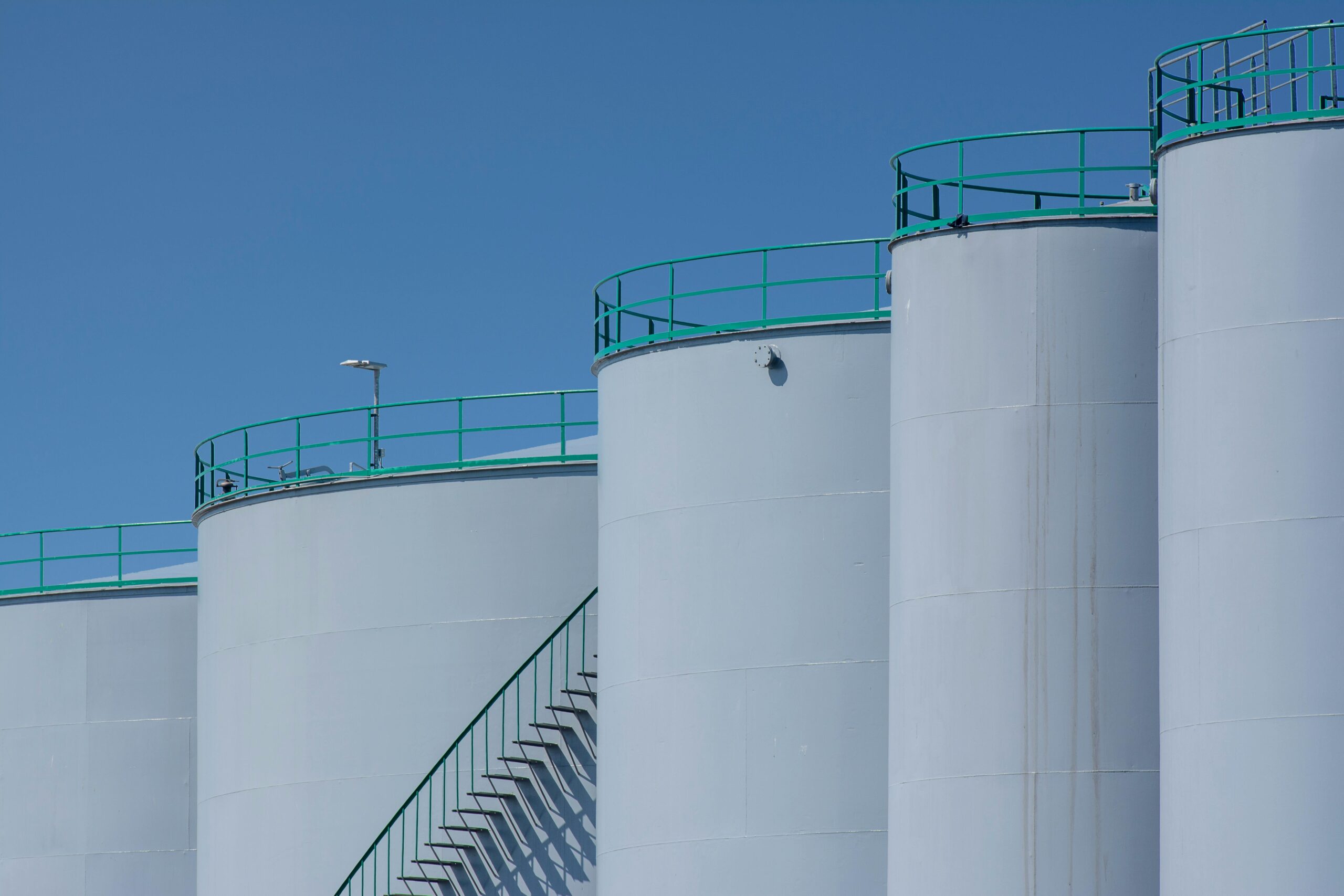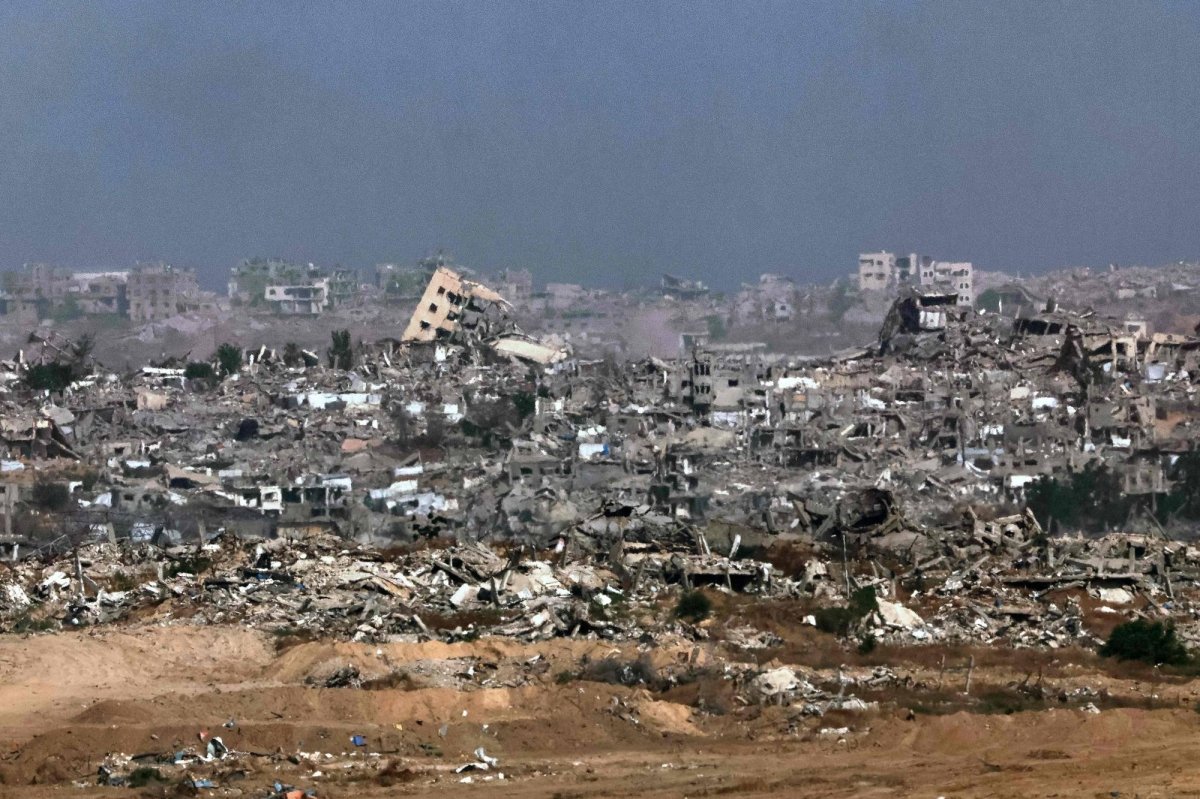Adapting to the New Normal: Living with Wildfires in Europe

In recent years, Europe has been experiencing increasingly severe wildfires, a trend that is expected to worsen in the coming decades due to the effects of climate change. As temperatures rise and droughts become more frequent and intense, the risk of wildfires is predicted to more than double by the end of the century. This raises an important question: do we have to learn to live with fires? The answer, it seems, is yes. Wildfires have always been a natural part of many ecosystems, playing a crucial role in clearing out dead vegetation and promoting new growth. However, the increasing frequency and intensity of wildfires in Europe pose a significant threat to both human lives and the environment. In order to adapt to this new reality, we must take proactive measures to mitigate the risk of wildfires and minimize their impact. This includes implementing better land management practices, such as controlled burns and the creation of firebreaks, to reduce the fuel available for fires to spread. It also involves investing in early warning systems and firefighting resources to respond quickly and effectively to wildfires when they do occur. Furthermore, communities must be educated on how to prevent wildfires and protect themselves in the event of a fire. By working together and taking proactive steps to address the growing threat of wildfires, we can learn to live with fires and protect both our communities and our environment for future generations.








